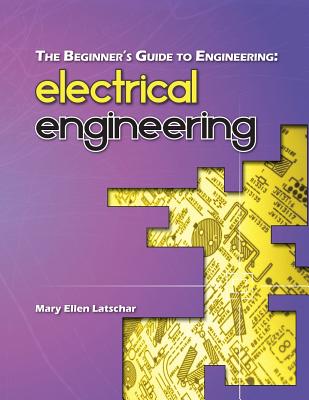
Valvano, Jonathan W.
product information
description
9This book is the second in a series of books that teach the fundamentals of embedded systems as applied to the MSP432P microcontroller. These books are primarily written for undergraduate electrical and computer engineering students. They could also be used for professionals learning the ARM platform. The first book Embedded Systems: Introduction to the MSP432 is an introduction to computers and interfacing focusing on assembly language and C programming. This second book focuses on interfacing and the design of embedded systems. The third book Embedded Systems: Real-Time Operating Systems for ARM Cortex-M Microcontrollers is an advanced book focusing on operating systems, high-speed interfacing, control systems, and robotics.
An embedded system is a system that performs a specific task and has a computer embedded inside. A system is comprised of components and interfaces connected together for a common purpose. This book presents components, interfaces and methodologies for building systems. Specific topics include the architecture of microcontrollers, design methodology, verification, hardware/software synchronization, interfacing devices to the computer, timing diagrams, real-time systems, data collection and processing, motor control, analog filters, digital filters, real-time signal processing, wireless communication, low-power design, and the internet of things.
This book employs many approaches to learning. It will not include an exhaustive recapitulation of the information in data sheets. First, it begins with basic fundamentals, which allows the reader to solve new problems with new technology. Second, the book presents many detailed design examples. These examples illustrate the process of design. There are multiple structural components that assist learning. Checkpoints, with answers in the back, are short easy to answer questions providing immediate feedback while reading. Simple homework, with answers to the odd questions on the web, provides more detailed learning opportunities. The book includes an index and a glossary so that information can be searched. The most important learning experiences in a class like this are of course the laboratories. Each chapter has suggested lab assignments. More detailed lab descriptions are available on the web. Specifically, look at the lab assignments for EE445L and EE445M.
The web site http: //users.ece.utexas.edu/ valvano/msp432.htm accompanies this book. Posted here are ARM KeilTM uVision(R) and Code Composer StudioTM projects for each the example programs in the book. You will also find data sheets and Excel spreadsheets relevant to the material in this book.
These books will cover embedded systems for ARM(R) CortexTM-M microcontrollers with specific details on the MSP432. Although the solutions are specific for the MSP432, it will be possible to use these books for other ARM derivatives. Volume 3 can be used for either the TM4C or MSP432 families.
An embedded system is a system that performs a specific task and has a computer embedded inside. A system is comprised of components and interfaces connected together for a common purpose. This book presents components, interfaces and methodologies for building systems. Specific topics include the architecture of microcontrollers, design methodology, verification, hardware/software synchronization, interfacing devices to the computer, timing diagrams, real-time systems, data collection and processing, motor control, analog filters, digital filters, real-time signal processing, wireless communication, low-power design, and the internet of things.
This book employs many approaches to learning. It will not include an exhaustive recapitulation of the information in data sheets. First, it begins with basic fundamentals, which allows the reader to solve new problems with new technology. Second, the book presents many detailed design examples. These examples illustrate the process of design. There are multiple structural components that assist learning. Checkpoints, with answers in the back, are short easy to answer questions providing immediate feedback while reading. Simple homework, with answers to the odd questions on the web, provides more detailed learning opportunities. The book includes an index and a glossary so that information can be searched. The most important learning experiences in a class like this are of course the laboratories. Each chapter has suggested lab assignments. More detailed lab descriptions are available on the web. Specifically, look at the lab assignments for EE445L and EE445M.
The web site http: //users.ece.utexas.edu/ valvano/msp432.htm accompanies this book. Posted here are ARM KeilTM uVision(R) and Code Composer StudioTM projects for each the example programs in the book. You will also find data sheets and Excel spreadsheets relevant to the material in this book.
These books will cover embedded systems for ARM(R) CortexTM-M microcontrollers with specific details on the MSP432. Although the solutions are specific for the MSP432, it will be possible to use these books for other ARM derivatives. Volume 3 can be used for either the TM4C or MSP432 families.
member goods
No member items were found under this heading.
Return Policy
All sales are final
Shipping
No special shipping considerations available.
Shipping fees determined at checkout.







